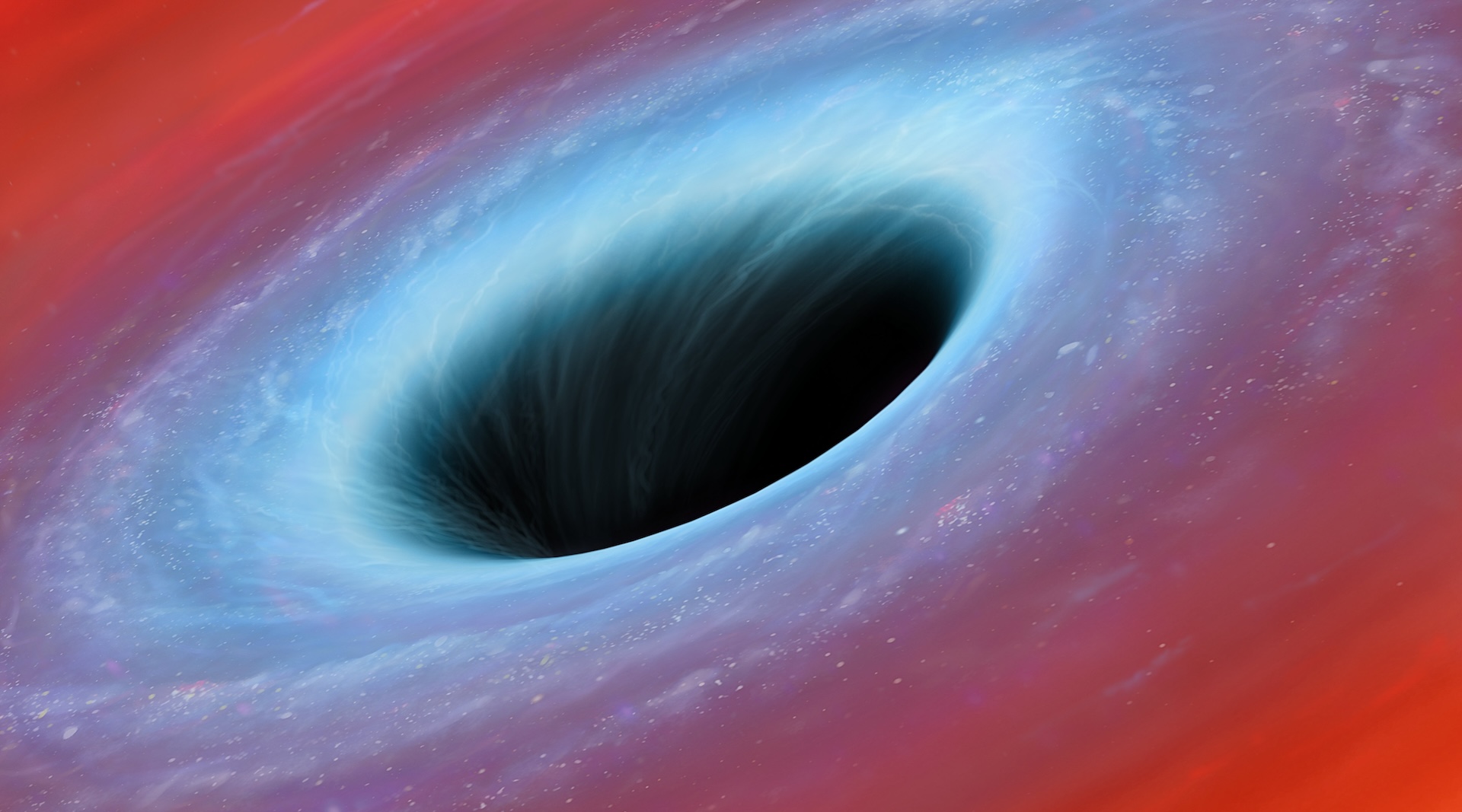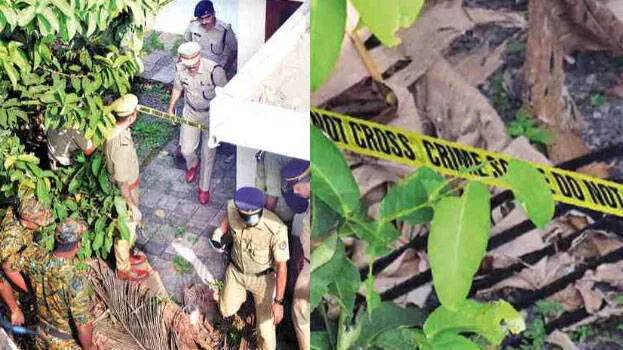
Astronomers have watched a massive star vanish in the night sky, only to be replaced by a black hole. The supergiant star M31-2014-DS1, which has a mass 20 times greater than the sun and is located 2.5 million light-years away in the neighboring Andromeda galaxy, brightened in 2014 before dimming from 2016 until 2023, when it finally became undetectable to telescopes.
Typically, when stars of this type collapse, the event is accompanied by bursts of light brought on by stellar explosions known as supernovae. But in this case no such optical outburst was spotted, leading astronomers to think it is one of the first ever examples of a type of stellar collapse known as a "failed supernova." They published their findings Oct.

18 on the preprint website arXiv , so the research has not yet been peer-reviewed. "The dramatic and sustained fading of M31-2014-DS1 is exceptional in the landscape of variability in massive, evolved stars," the authors wrote in the study. "Lacking any evidence for a luminous outburst at such proximity, the observations of M31-2014-DS1 bespeak signatures of a 'failed' SN [supernova] that leads to the collapse of the stellar core.
" Stars burn via nuclear fusion , transforming hydrogen...
Ben Turner.










